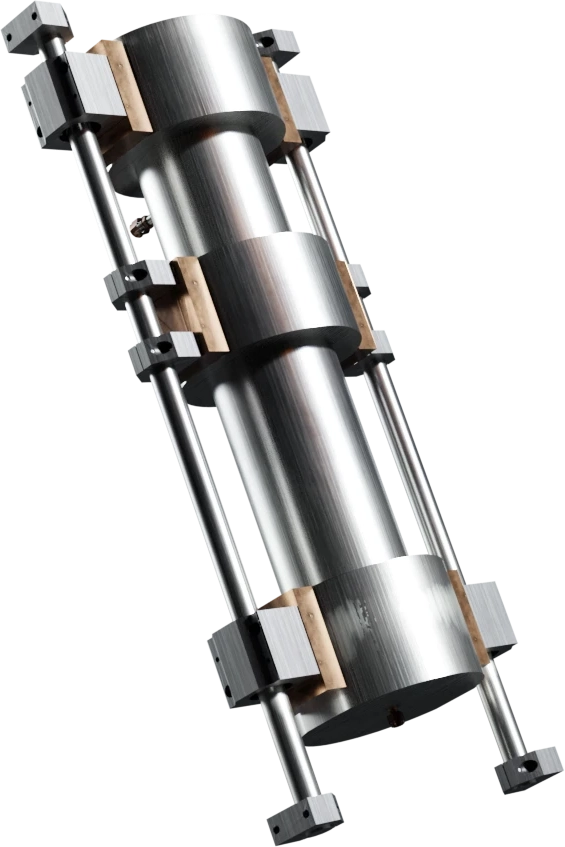The world’s dirty little secret
Ammonia synthesis, scaled through the Haber-Bosch process, is the reason our planet can feed 8 billion people. In 1900, the population was below 2 billion. Ammonia is the critical ingredient for nitrogen fertilisers, the most widely used fertiliser in the world. Today, ammonia is produced from natural gas, via a process called steam methane reforming. This fossil fuel emits around 10 tonnes of carbon dioxide for every tonne of hydrogen it produces! Stoichiometrically, you need approximately 1.8 tonnes of hydrogen for every 10 tonnes of ammonia. That gives an estimate of approximately 18 tonnes of CO2 produced for every 10 tonnes of ammonia produced using natural gas.
Ammonia synthesis can be done with NO emissions. In the 1900s, huge water electrolysis plants were deployed for ammonia. Two Norwegian 165 MW hydropower driven plants in Norway went online in 1928 and 1949. In Egypt, another at 203MW went online in 1959. It was only when natural gas flooded the market with its low cost that it became the primary feedstock for nitrogen fertiliser production.
Today, Supercritical brings its technology to the stage which has the potential to enable the rise of green water electrolysis plants for ammonia synthesis. All the benefits with none of the emissions.









